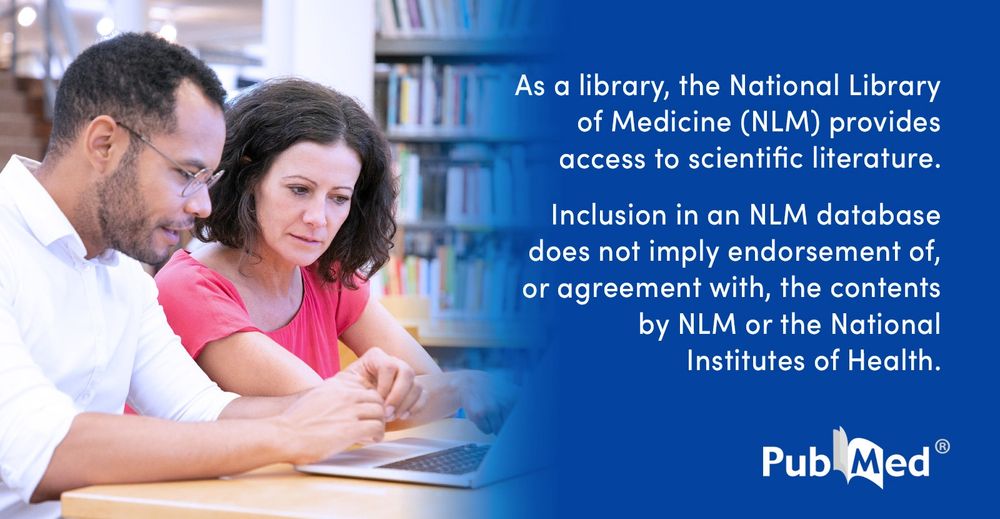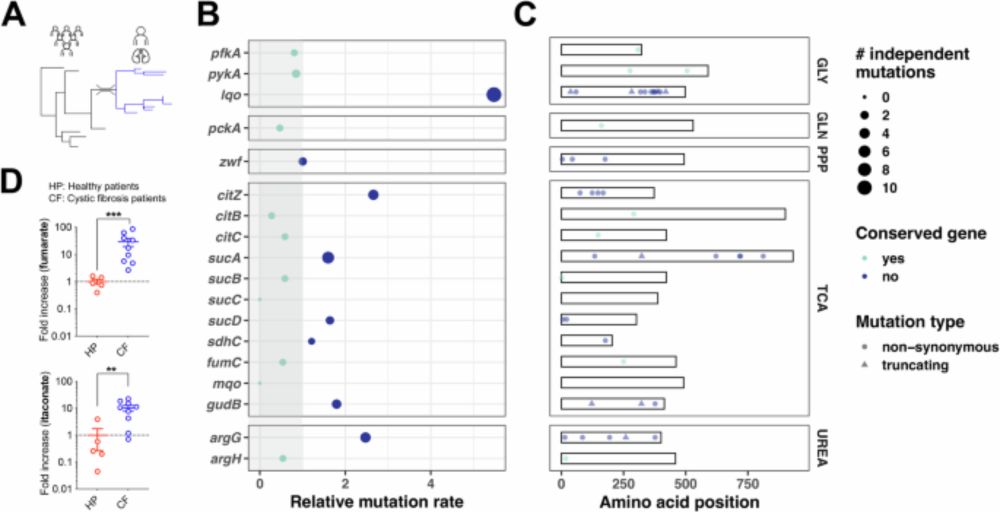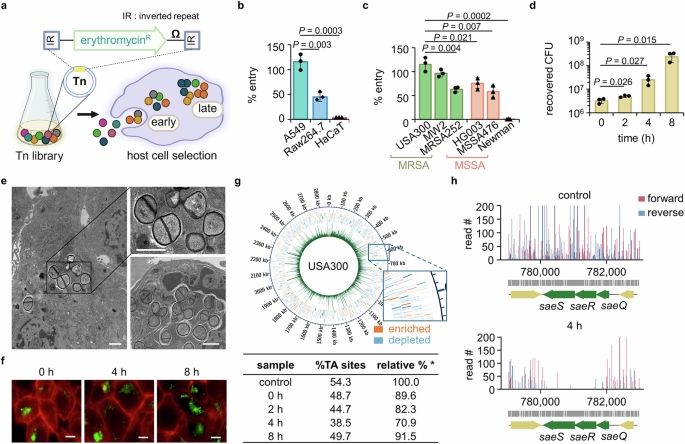

Competitive fitness of Staphylococcus aureus against nasal commensals depends on biotin biosynthesis and acquisition
academic.oup.com/ismej/advanc...

Competitive fitness of Staphylococcus aureus against nasal commensals depends on biotin biosynthesis and acquisition
academic.oup.com/ismej/advanc...

Hijacking a bacterial ABC transporter for efficient genetic code expansion.
Many congrats to everyone involved - a multi-year effort led by @taruniype.bsky.social @maxfottner.bsky.social
www.nature.com/articles/s41...
it all started years ago with a failed experiment
🧵👇 1/9

#microsky #microbiome from the @gavinhthomas.bsky.social lab in York in collab with Hull

#microsky #microbiome from the @gavinhthomas.bsky.social lab in York in collab with Hull
www.sciencedirect.com/science/arti...

www.sciencedirect.com/science/arti...

Nasal colonisation by S. aureus is linked with depression in a human cohort and shown in a mouse model to cause decreased serotonin and dopamine in the brain
#MicroSky #Depression
www.nature.com/articles/s41...

Nasal colonisation by S. aureus is linked with depression in a human cohort and shown in a mouse model to cause decreased serotonin and dopamine in the brain
#MicroSky #Depression
www.nature.com/articles/s41...
journals.asm.org/doi/10.1128/...

journals.asm.org/doi/10.1128/...


If you like S. aureus, toxin production and two component regulatory systems, you’ll like this:
www.microbiologyresearch.org/content/jour...

www.biorxiv.org/content/10.1...

www.biorxiv.org/content/10.1...

www.nature.com/articles/s41...

www.nature.com/articles/s41...
rdcu.be/eAr8v

rdcu.be/eAr8v
🍫🦠A defined microbial community reproduces attributes of fine flavour #chocolate fermentation
By Gabriel Castrillo, David Salt & co
#microsky #microbiomesky 🧪
Read it here: www.nature.com/articles/s41...

🍫🦠A defined microbial community reproduces attributes of fine flavour #chocolate fermentation
By Gabriel Castrillo, David Salt & co
#microsky #microbiomesky 🧪
Read it here: www.nature.com/articles/s41...
www.jbc.org/article/S002...

www.jbc.org/article/S002...

www.nature.com/articles/s41...

www.nature.com/articles/s41...
www.nature.com/articles/s41...

www.nature.com/articles/s41...




